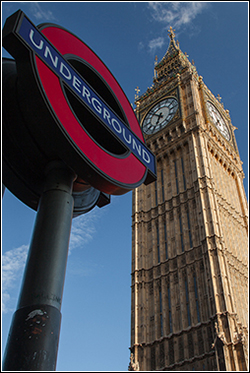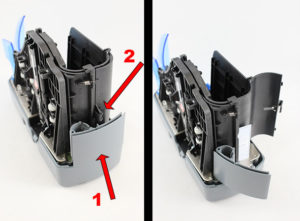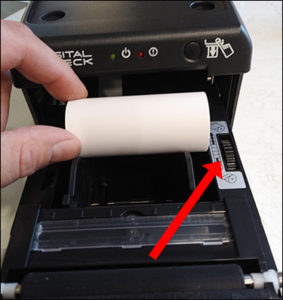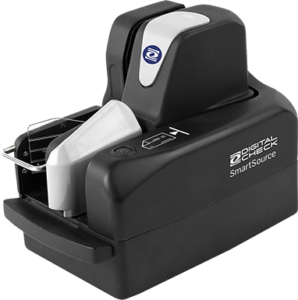Many countries are building on lessons learned by those who adopted before them
 Photo by Grand Parc under Creative Commons 2.0 license |
We were in the UK last week, talking to some of our friends and partners there about Britain’s upcoming switch to electronic cheque clearing (the proper way to spell it just about everywhere but the U.S.). It was interesting to see the groundwork they’re laying for a system that may – when all is said and done – be more modern and efficient than the one we call our own.
Certain stateside acquaintances were surprised to hear this. “How can that be? We’ve had 10 more years to perfect our system,” was the gist of their complaint. But while it’s true that Americans may have been the ones who pioneered cheque image exchange and figured out many of the subtleties that make it work, there’s nothing that says others have to repeat the same trial-and-error process in order to build their own. Much simpler to learn from the past successes – and mistakes – of those who have gone before.
Take the substitute cheque, for example. Back when the Check 21 Act took effect, paper reprints of original cheques were common in the clearing process while some banks ramped up to fully electronic settlement. Ten years on, Britain deemed substitute cheques an unnecessary extra step, and is set to launch its own system without them.
Then there’s the technology itself. Perhaps the most notable example lies in the area of fraud prevention, where starting from scratch has its advantages. Britain’s system is supposed to include a nationwide duplicate detection system so that a customer could not, say, deposit a cheque at Barclays, then turn around and deposit the same cheque at HSBC without being detected. That’s currently a sore spot for banks in America, where that level of inter-bank cooperation was never built, and so this type of scheme has become a semi-regular occurrence. Several attempts have been made to establish a cross-referencing system, but none have gained the critical mass to be successful on a wide scale.
That reveals one of the macro-level truths about clearing and imaging technology: Once the infrastructure is laid down, it’s much harder to go back and change things than to build it in from the start. Take UV-imprinted cheques – another phenomenon that’s common in the rest of the world but virtually unused in the USA. Several countries have taken the opportunity to introduce UV while switching to image-based clearing, and all new scanners are of the type that can detect UV light in addition to the visible spectrum. In the U.S., neither the cheques nor the UV-equipped scanners are in use, so introducing them would require a massive investment to re-issue every cheque and replace every scanner in the country – essentially “tearing up” the entire system and rebuilding it. (While we would be very happy about this as a maker of scanners, we imagine that it would please just about no one else.)
Not that it’s we Americans’ fault for being “behind the times” on things like UV – when we started scanning cheques, the technology to create a UV scanner didn’t exist. But the important lesson is that, when there comes an opportunity to build or rebuild the infrastructure from the ground up, it’s a good idea to stop, take a look around, and make sure it’s done right the first time.





